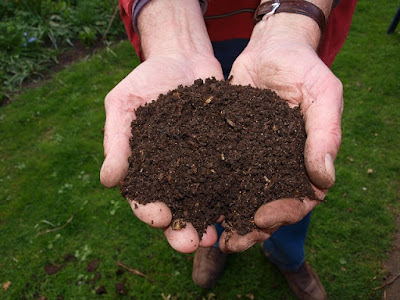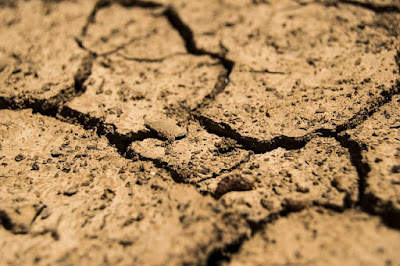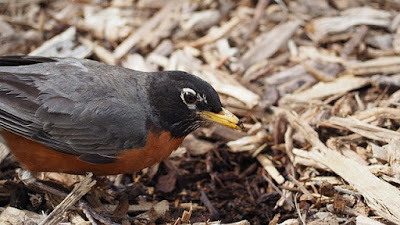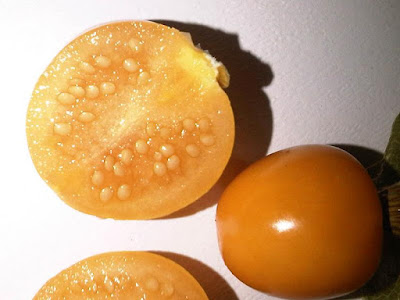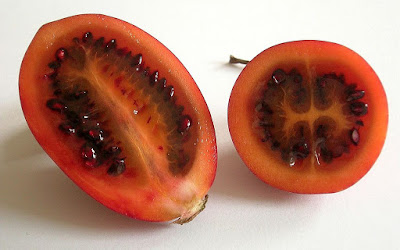The easy guide to earthworms
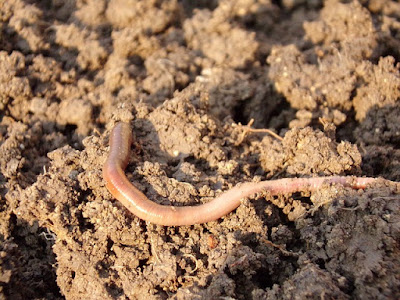
Earthworms Job 25:6 How much less man, that is a worm? and the son of man, which is a worm? Are important creatures in the garden They bring air, water and organic matter into the soil Worms breakdown organic matter by digesting it Which means plant roots can grow more easily Which means water can penetrate easily Which means nutrients are available to plants They improve soil structure and fertility Earthworms thrive in dug or undug soil Worms and organic mulches go great together Mulches provide protection for worms Mulches can be straw, peatmoss or any organic matter Mulches also keep the soil cool Worms prefer cooler soil Ammonium sulphate can kill worms Many pesticides are lethal to worms Soil fumigants are toxic Worms are a favorite snack of birds When it rains worms go to the top of the soil Together earthworms can eat 10kg of soil per square meter In fertile areas there can be millions of earthworms Settlers to Austra...
